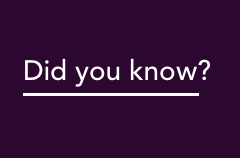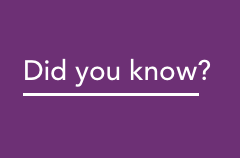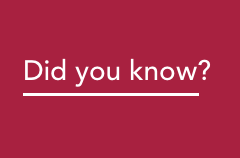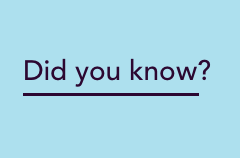Dynamic Operating Envelopes
Project EDGE - Determining the Impact of Update Frequency on Operating Envelope Efficacy
Another installment of the University of Melbourne engagement with Project EDGE investigates the technical impact of frequency with which the operating envelopes are updated and the associated change in forecast accuracy. The impact times assessed through the report were close-to-real-time (30-minute ahead) forecasts, intra-day forecasts, and day ahead forecasts on the performance of dynamic operating envelopes. The studies conducted look at various levels of DER penetration in the network and DER participation in the market, which allows them to receive DOEs. The results show the close-to-real-time forecast DOEs perform better than the day ahead and intra-day DOEs due to the inaccuracy of the day ahead and intra-day forecasts, specifically their inaccuracy in forecasting voltages.
Project EDGE - Testing Different DOE Approaches at DER Penetration levels in real-world networks
Project EDGE commissioned the University of Melbourne to continue their research on Dynamic Operating Envelopes designs for specific DER penetrations. The Techno-Economic Modelling (TEM) through the report was conducted across real world City, Suburban and Regional networks with networks taken from the CSIRO LV Network Taxonomy and the HUME C reports. These networks were chosen from the range of values already modelled within the CBA and the Dynamic Operating Envelopes Objective Function work for consistency across the research program.
Project EDGE - Fairness in DOE Objective Function Report - April 2023
Project EDGE is pleased to announce that the Fairness in Dynamic Operating Envelope Objectives Report, completed by the University of Melbourne, is now available.
This research proposes a range of DOE objective functions that could be used by DNSPs, as well as methods by which to assess their efficacy. This report focuses on the various methods (DOE objective functions) by which a DNSP may divide the total available capacity between the DER in the network, and specifically what the impact is of trying to do so in a fair way.
The study
Project EDGE has produced some findings relating to a spectrum of Dynamic Operating Envelope ‘Objective Functions’ that guide the allocation of spare network capacity among DER customers and how this relates to the idea of “fairness” for customers. This provides a framework, complimented by results from robust modelling, to inform discussions between consumer representatives, DER aggregators, DNSPs, market operators, and policy makers surrounding unlocking the benefits of DER for all, implementations of DOEs, and future changes to static limits. This research could have an impact on how Dynamic Operating Envelope (distribution network limits) capacity allocation is designed to benefit all consumers under the National Electricity Objective (NEO):
-
02/06/2023
The Fairness in Dynamic Operating Envelope Executive Summary
Summarising the Objective Function Framework and Key Takeaways from the report
509.36 KB -
02/06/2023
Project EDGE - Fairness in DOE Objective Function Report - April 2023
Providing further context around the study, its detailed methodology and results
1.92 MB
The results
In general, the results show that incorporating fairness requirements into the capacity allocation to DER customers via DOEs can have a detrimental impact on the technical and economic performance of the network and by extension, overall community benefits. Additionally, this negative impact can become worse with higher DER penetration rates as networks become more constrained.
This is summaries in the below highlights:
- Increasing “fairness” to participating DER owners will directly reduce the total capacity that can be allocated, and the social welfare of the network.
- Impact worse for higher participation and penetration levels as “fair” allocations are limited by the most constrained participating customer.
- Fairness allocation objectives applied only to DER customers would appear to be in inefficient under NEO efficiency principles that benefit all electricity consumers.






